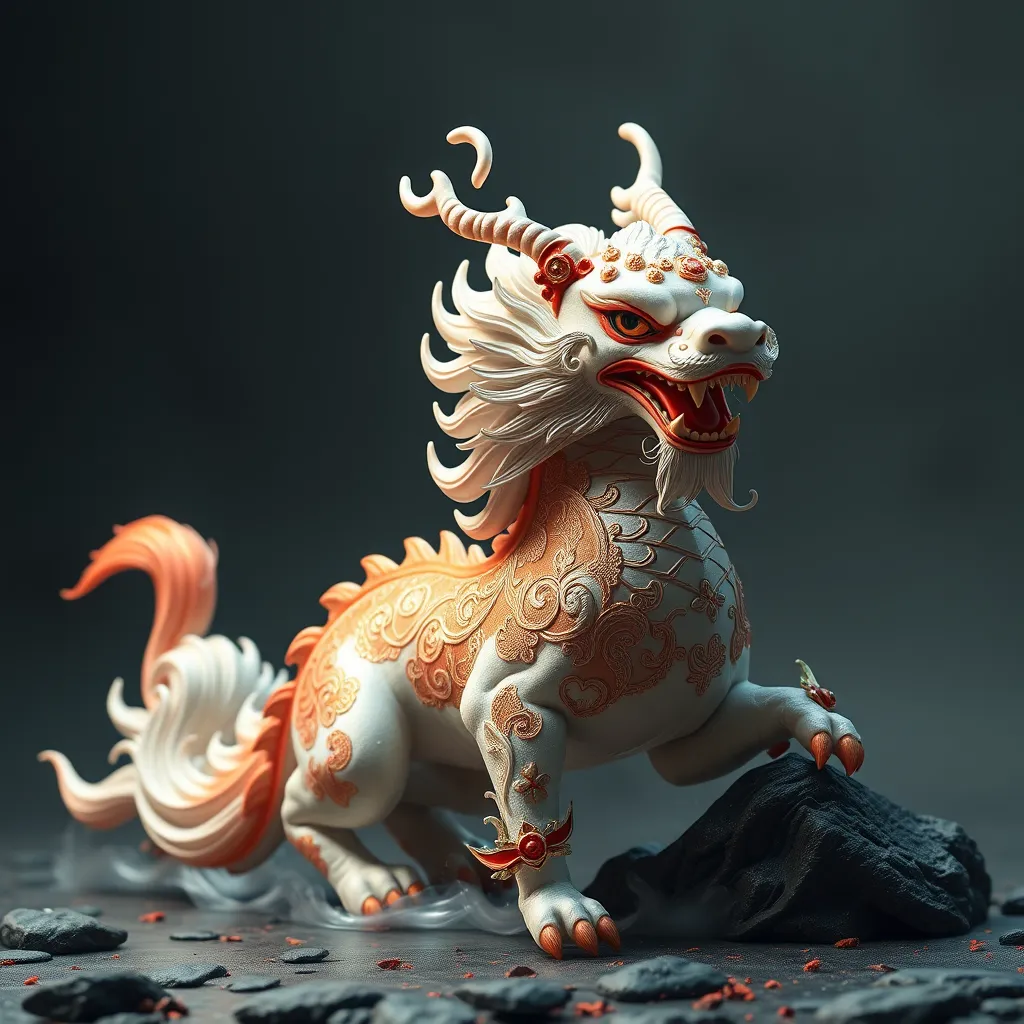The Dark Side of Transformation: Unveiling the Dangers of Skinwalkers
I. Introduction
Skinwalkers are a prominent figure in folklore, particularly within Indigenous cultures of North America. These shape-shifting beings, often depicted as witches or sorcerers capable of transforming into animals, evoke a sense of dread and intrigue.
The cultural significance of skinwalkers runs deep, originating from rich traditions that encapsulate the values, fears, and moral lessons of Indigenous peoples. These stories serve not only as cautionary tales but also as reflections of the communities from which they arise.
The purpose of this article is to explore the dangers and implications surrounding skinwalker myths, shedding light on their roots, psychological impacts, and the consequences they hold in both historical and modern contexts.
II. Understanding Skinwalker Lore
Skinwalker legends have a historical context deeply embedded within Indigenous cultures, particularly among the Navajo people. The term “skinwalker” translates to “yee naaldlooshii,” meaning “by means of it, it goes on all fours.” This name reflects the belief that these beings can take on animal forms.
Across different Indigenous cultures, variations of skinwalker stories exist, each with unique traits and narratives. For instance:
- Navajo: Primarily focus on witches who can transform into animals to harm others.
- Apache: Include stories that revolve around malevolent beings that can bring misfortune.
- Hopi: Feature trickster figures that may embody skinwalker characteristics.
Common traits attributed to skinwalkers include the ability to shapeshift, immense speed, and a malicious intent towards humans. They are often depicted as malevolent beings who use their powers to inflict harm or instill fear in their communities.
III. The Psychology of Fear: Why Skinwalkers Fascinate Us
The human psyche is deeply influenced by fear, which can manifest in various ways. Skinwalkers represent a tangible embodiment of this fear, tapping into primal anxieties about the unknown and the other.
As a manifestation of societal anxieties, skinwalker legends often reflect broader concerns, such as:
- The fear of betrayal within communities.
- Anxiety about the loss of cultural identity.
- The struggle against external threats and colonization.
Storytelling and folklore play a crucial role in shaping cultural identity. Skinwalker narratives serve as a means of preserving history, morality, and communal values, reinforcing the need for caution and respect for traditions.
IV. The Transformation Process: Myths vs. Reality
In folklore, the concept of shape-shifting is often used as a metaphor for transformation and change. Skinwalkers exemplify this process, symbolizing the duality of human nature and the potential for both good and evil within individuals.
Allegorically, transformation represents more than just a physical change; it can signify:
- A loss of moral integrity.
- The struggle for power and dominance.
- The consequences of envy and malice.
The implications of transformation on personal identity and morality are profound. In many narratives, the act of becoming a skinwalker often leads to a loss of self, highlighting the dangers of succumbing to base instincts and the darkness within.
V. Real-World Consequences: The Impact of Skinwalker Beliefs
Beliefs in skinwalkers can have real-world consequences, often leading to violence and conflict. Instances of people being accused of being skinwalkers have resulted in:
- Physical violence against supposed skinwalkers.
- Community divisions fueled by fear and suspicion.
- Social stigmatization of individuals who are different or marginalized.
The social ramifications of these beliefs can create a culture of fear, impacting entire communities. Additionally, the intersection of belief in skinwalkers and mental health issues can exacerbate these tensions, as individuals may grapple with paranoia or hallucinations related to these fears.
VI. Modern Interpretations and Media Representations
In contemporary literature and film, skinwalkers have been portrayed in various ways, often straddling the line between horror and fascination. Popular media representations can glamorize skinwalker legends, leading to a distorted understanding of their true cultural significance.
The glamorization of skinwalkers contrasts sharply with the reality of these legends, which are deeply rooted in Indigenous beliefs and often carry heavy moral implications. Such portrayals can mislead audiences, fostering a sensationalized view of these beings.
The impact of media on public perception is significant, as increased visibility can sometimes lead to greater misunderstandings and appropriation of Indigenous narratives. This highlights the need for critical engagement with these stories.
VII. Navigating Cultural Sensitivity: Respecting Indigenous Narratives
Understanding cultural context is vital when engaging with skinwalker narratives. These stories are not mere entertainment; they are steeped in deep cultural significance and should be approached with respect.
The distinction between appropriation and appreciation is essential. Appropriation involves taking elements of a culture without understanding or respecting their significance, while appreciation entails acknowledging and honoring the culture from which these stories originate.
To engage with skinwalker stories responsibly, consider the following:
- Educate yourself on the cultural background and meanings behind the stories.
- Support Indigenous creators and storytellers.
- Engage in respectful dialogue with Indigenous communities about their traditions.
VIII. Conclusion
The exploration of skinwalker legends reveals deep-seated dangers and implications that resonate across cultures. These narratives serve as cautionary tales, reflecting the complexities of human nature and the societal fears that persist.
Respectful dialogue surrounding folklore is crucial, as it fosters understanding and appreciation of diverse cultures. As we navigate the balance between fascination and fear, it is essential to honor the rich traditions that inform these stories while acknowledging their potential for harm.
Ultimately, skinwalker legends remind us of the profound connections between fear, identity, and the moral choices we face in our lives.



